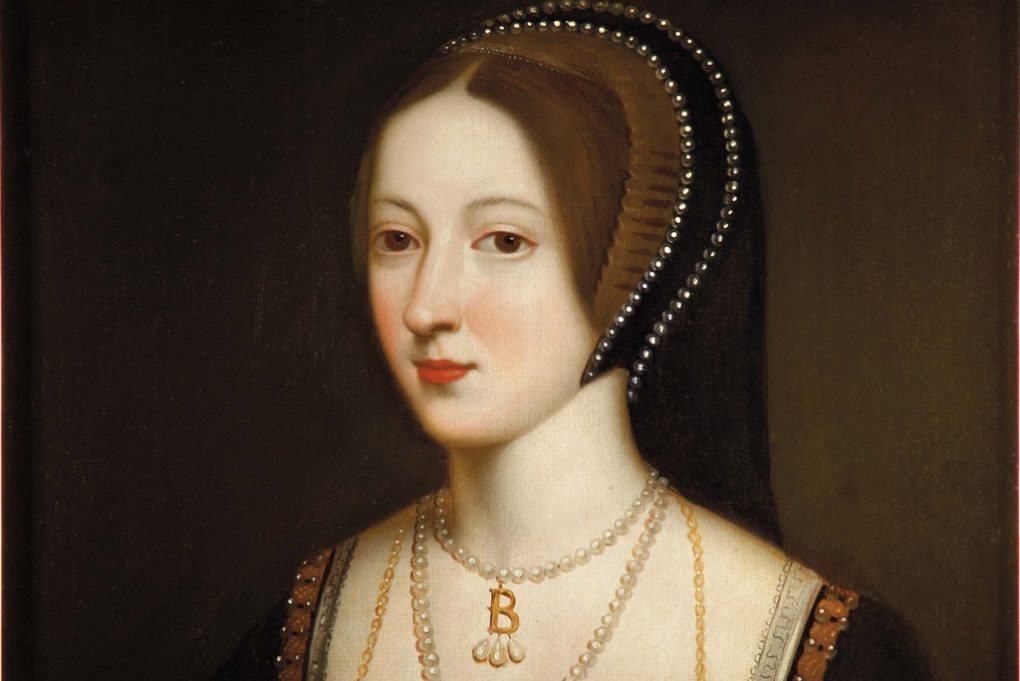
As terse and dull despatches go, this one ticked both boxes with a big fat black marker. “Snow conditions bad. Advance base abandoned yesterday. Awaiting improvement. All well!” Except that it was not nearly as boring as it sounds. It was sent by a young London Times journalist named James Morris, from Nepal sixty-seven years ago today, and was an agreed code. What it told his editor back in London was that the Everest expedition had been successful and had managed to put two men, New Zealander Edmund Hillary and Nepalese Tenzing Norgay, on top of the world. The news was released to coincide with the coronation of Princess Elizabeth as Queen of England on 2 June. I wonder whatever became of her.
You might think that the mountain itself would be called after someone really important. It is, after all, the tallest thing on the planet. And you could argue that that was indeed the case, if you’re someone who sees the Surveyor General of India from 1830-1843 as a headline making celebrity. The local Tibetan and Nepalese names for the world’s highest peak, Chomulungma (Goddess Mother of the World) and Sagarmatha (Goddess of the Sky) are, lets face it, far more evocative and onomatopoeiac than Everest. In fact the Englishman after whom the mountain was named (by one of his awestruck surveyor successors), didn’t even pronounce it as Ev-er-est. He called himself George EEV-rest. Somehow I don’t think it’s going to catch on at this stage.
To return to the Hunt expedition, or to give it its proper name, the British Mount Everest Expedition, it would have been led by the experienced Himalayan climber, Eric Shipton, had he not expressed an aversion to large scale expeditions and an element of competition which he deemed abhorrent to a true mountaineer. The fact that a team of French and Swiss climbers were scheduled to make their own attempts over the succeeding two years, and that the Brits wouldn’t get another go until 1956, meant that the Alpine Club and the Royal Geographical Society opted instead for the organisational and military skills of Hunt, himself an accomplished climber, over the more genteel leadership qualities of Shipton.
Things didn’t get off to a great start when Tenzing Norgay was the only one of twenty Sherpa guides to be accommodated in the British consulate in Kathmandu before the journey to Everest began. The other nineteen Sherpas lined up in protest outside the consulate and made their feelings known by urinating on the walls of British sovereign territory. They don’t call it being pissed off for nothing.
History could also have been quite different if things had gone just a little better for two other climbers, Tom Bourdillon and Charles Evans on 26 May 1953. They were the first to make it to the south summit at 8750 metres but had to abandon their effort to reach the roof of the world itself, a frustrating one hundred vertical metres from the top, driven back by oxygen problems and sheer exhaustion.

Three days later Hillary and Tenzing went all the way and, as the New Zealander put it elegantly and memorably to fellow climber George Lowe, ‘Well George, we knocked the bastard off.’ For years afterwards there was speculation as to which of the two men actually set foot on the summit first. As archetypal team players, both were reluctant to get involved in such pointless speculation before eventually acknowledging, for what it was worth, that Hillary was first to the summit a few seconds before Tenzing.
Incidentally, James Morris, the embedded Times reporter, who broke the story by sending a runner with the coded message to the village of Namche Bazar, changed his name in the 1970s. And that’s not all he changed. He became Jan Morris after undergoing gender reassignment surgery. Today, as one of the most celebrated travel writers in the world, Jan Morris lives in north Wales and is still writing in her nineties.
But as to that photo of Edmund Hillary on the summit? I’m afraid it doesn’t exist. Hillary took a photo of Tenzing, and a number of other shots, but declined to have his own photograph taken when Tenzing offered. One wonders if there were moments between 29 May 1953 and the end of his life in January 2008, when he regretted that he hadn’t taken the ultimate selfie.









You must be logged in to post a comment.